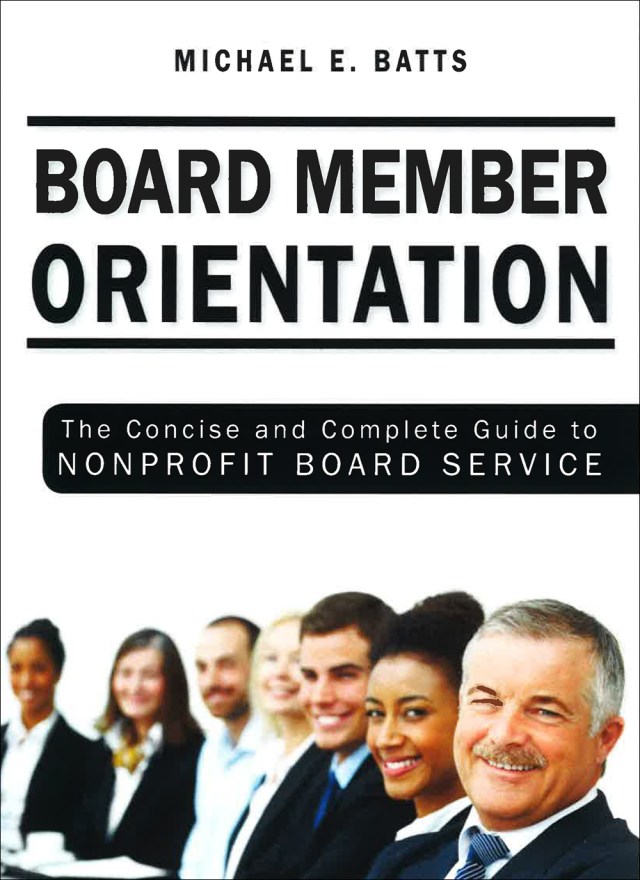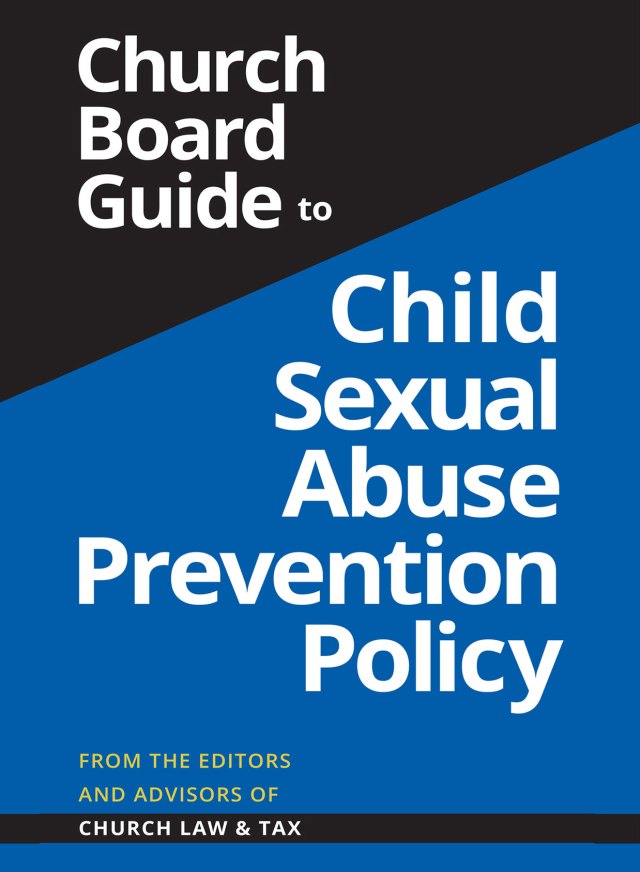• Key point: Any swimming activity involving young children presents significant risks. Churches can be legally liable for a child’s death or injury on the basis of negligent selection and training of workers or negligent supervision of the event.
• A Minnesota court ruled that a school was legally responsible for the drowning death of a 7-year-old boy during a school field trip. The victim and his child care class went swimming at a pond maintained by the county. The pond is six feet deep, has a gradually sloping sand bottom, and no drop-offs or unusual currents. Although the pond water is filtered, it remains cloudy, making it possible to see only about one foot below the surface. The swimming area is not roped off based on swimming ability. On the day of the drowning there were five lifeguards on duty, supervised by a head lifeguard. Thirty-seven children went on the field trip, along with four child care employees who planned the trip and were responsible for supervising the children. Before taking the trip, the child care staff did not test the children’s swimming ability, but rather relied on the children to tell them whether or not they could swim (and how well). The staff told the children to select a buddy and stay with their buddy at all times. The children were divided into four groups for supervision. The bus arrived at the pond and the staff again cautioned the children to stay with their buddies. Staff members later testified that they had difficulty keeping track of the thirty-seven children among the three hundred other children in the pond. The victim was last seen at 1:50 p.m. by one of the child care workers who saw him in the shallow portion of the pond. The worker called out to the victim to find his buddy. At 1:55 p.m. a safety break was called and staff members took a count of the children in their groups. When the victim was not present for the count, his group leader asked the other staff members if they had seen him. When no one was able to verify the victim’s location, the lifeguards were notified. The head lifeguard organized a human chain to walk across the swimming area. The chain fragmented into several parts. About ten minutes later, another complete human chain was organized and on the first sweep the victim’s body was found submerged in about four feet of water. About twenty minutes had gone by since the victim was reported missing. The victim’s father sued the school on the basis of negligent selection and training of the workers and negligent supervision of the event. A jury awarded the father over $1 million in damages. The school appealed this decision on the basis of evidence that it argued had been improperly considered by the jury (the school did not dispute the findings of negligence). Specifically, the school argued that the trial court erred in allowing the termination letters the school had written to three of the four workers to be read to the jury, and in allowing a diary from the victim’s sister to be read to the jury. The termination letters that were issued to three of the four workers immediately following the drowning listed “employee negligence” and “unsatisfactory performance” as grounds for their termination. The appeals court ruled that it was not improper to read these letters to the jury. The court also ruled that it was not improper for portions of the diary to be read to the sister. These entries demonstrated the profound and continuing grief that the family had suffered as a result of the boy’s death. The court concluded that such excerpts were helpful to the jury in computing damages. Further, the court noted that any “prejudice arising from the letter was tempered by the trial court’s instruction to the jury not to award damages based on sympathy” alone. The court also rejected the school’s request that the verdict be reversed as a result of the behavior of the victim’s attorney, who (during the trial) characterized the school’s conduct as “despicable,” “indecent,” “almost immoral,” and “bordering on criminal.” The attorney also told the jury that if they awarded the family millions in punitive damages “perhaps there will be no more [victims]] and people might start listening to jurors who hear despicable cases like this.” The court acknowledged that the attorney’s behavior “came very close to the level of misconduct that warrants granting a new trial,” but it refused to do so.
Few accidents are as tragic as the drowning death of a young child. Churches that take young children on swimming activities must be sure that they have on hand an adequate number of trained adults, including persons trained in resuscitation techniques (particularly if lifeguards will not be present). Further, steps must be taken to adequately organize and supervise the activity. Younger children should not be allowed in water without a life preserver. Churches must also have parents or guardians sign a statement certifying whether or not their child is able to swim, consenting to the activity, and providing authorization to administer emergency medical treatment in the event they cannot be reached. Children who cannot swim should not be taken on a swimming event, unless they will remain outside of the water at all times and under constant supervision (this is a high standard that may not be achievable in some cases). For further assistance, check with your church insurance agent, and your local Red Cross and YMCA/YWCA. Johnson v. Washington County, 506 N.W.2d 632 (Minn. App. 1993). [PCL12A2, PCL12A3]
See Also: Negligent Selection | Negligent Supervision
© Copyright 1994, 1998 by Church Law & Tax Report. All rights reserved. This publication is designed to provide accurate and authoritative information in regard to the subject matter covered. It is provided with the understanding that the publisher is not engaged in rendering legal, accounting, or other professional service. If legal advice or other expert assistance is required, the services of a competent professional person should be sought. Church Law & Tax Report, PO Box 1098, Matthews, NC 28106. Reference Code: m58 m65 m86 c0294




